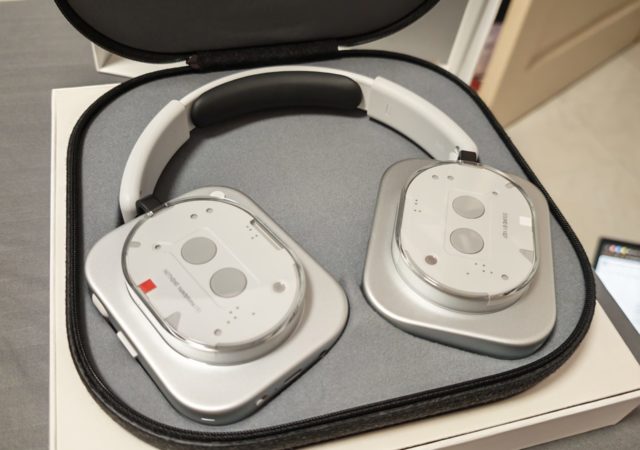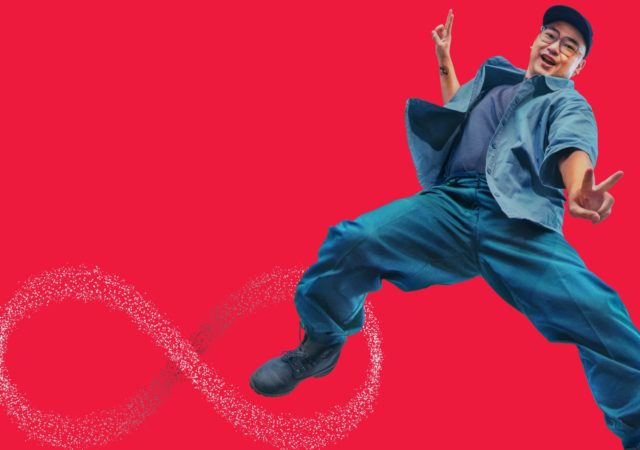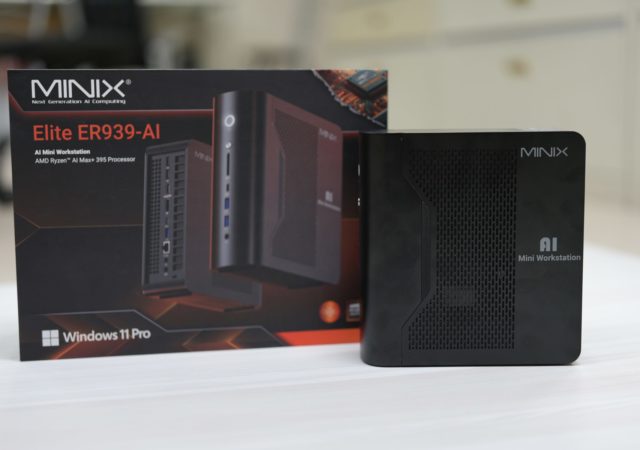Activity Recognition of Workers Using Wearable Devices
view to utilizing AI to assist operations and prevent human error in
manufacturing
|
|
8, 2017 – (JCN Newswire) – Deutsches Forschungszentrum fur Kunstliche Intelligenz
(German Research Center for Artificial Intelligence, “DFKI”) and
Hitachi, Ltd. today announced the joint development of AI (artificial
intelligence) technology for human activity recongnition of workers using
wearable devices. The AI technology performs real-time recognition of workers’
activities by integrating technology in eye-tracking glasses(1) to recognize
gazed objects with technology in armband devices to recognize action. The
recognition ability of each activity is achieved by having the AI understand
the tools or parts used at the production site as well as anticipated actions
through Deep Learning(2). DFKI and Hitachi will use this newly developed AI
technology to assist operations and prevent human error, to contribute to
enhancing quality and efficiency on the front line of manufacturing.

In line with initiatives such as Industry 4.0(3) in Germany and Society 5.0(4)
in Japan, the manufacturing industry is accelerating steps towards innovating
production using AI and robotics, and the automation of menial tasks. At the
same time, IoT technology is being called for to collect and recognize the
condition or movement of all things, including people and equipment, to assist
in operations and prevent human error. As a result, in recent years, monitoring
systems using cameras have been developed for predictive diagnosis of
inappropriate worker movement or equipment failure in production lines.
Researchers from the DFKI research department, Smart Data & Knowledge
Services and Hitachi developed AI for human activity recognition to recognize
the activity of workers using various data collected through the wearable
devices, not image data from cameras. Features of the AI developed are as
below:
1. Technology to recognize gazed objects by using eye-tracking glasses
This technology is to recognize targeted objects like “screw” or
“screwdriver” without being disturbed by its surrounding environment
such as background or other objects. This technology extracts the data of gaze
points from the movements of eyeballs of workers who wear the eye-tracking
glasses and utilizes the image recognition technology by Deep Learning.
2. Technology to recognize basic human actions through armband device
This technology is to recognize basic human actions that require arms movements
such as “twist” or “push”. This technology extracts the
data relating to body actions from the microscopic and instantaneous signals
that are measured by sensors attached to the arms.
3. “Hierarchical activity-recognition model” that recognizes workers’
activities by integrating gazed objects and human actions
This technology integrates the two technologies mentioned above to develop
“hierarchical activity-recognition model”, which is to recognize
activities such as “twisting a screw.” As a result, recognizing a
variety of working activities is capable if all the actions and objects
involved in the activities are learned in advance.
Based upon these technological developments, the AI technology that can
recognize activities such as “twisting a screw” or “pressing a
switch” as part of “inspection task” in real-time was realized.
DFKI and Hitachi will advance the technological development for assisting
operations and preventing human error on the front line of manufacturing, where
operation guidance and inadequate action detection are required, by utilizing
this newly developed AI.
DFKI and Hitachi will exhibit a part of this technology at “CeBIT
2017”, a leading global exhibition of digital business to be held from 20-24
March 2017 in Hannover, Germany.
(1) Eye-tracking glasses: A glass-type device to record first-person-view and
eye movement.
(2) Deep Learning: A type of neural network learning method, marketing a
mechanism of neural cells. Deep Learning is realizing a high recognition rate
in vocal recognition, image recognition and so forth.
(3) Industry 4.0: National strategic project by German Government, aiming to
advance the manufacturing sector. It is also referred to as “Fourth
Industrial Revolution.”
(4) Society 5.0: Activities related to the realization of a shared vision for a
“Super Smart Society” where the cyber space and the real world
(physical space) are intricately connected. The naming describes a new type of
society that will be led by innovations in science and technology, following on
from hunter-gatherer, pastoral-agrarian, industrial and information.
For the LATEST tech updates,
FOLLOW us on our Twitter
LIKE us on our FaceBook
SUBSCRIBE to us on our YouTube Channel!





